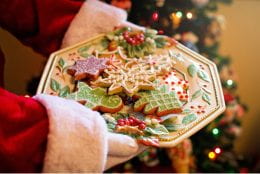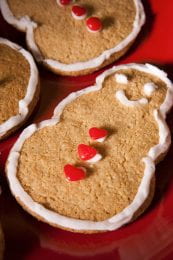In some bread cookbooks, you may see the terms sponge and starter used interchangeably. They are not, however, the same product. Let’s explore the differences.
In bread, a starter is a form of yeast. It is typically a combination of flour and water that is exposed to air to attract wild yeasts, such as lactobacilli bacteria, to create fermentation. Other ingredients that might be added include rye flour, onion, or potato to add microorganisms. The starter ferments for a few days before using. The variety of microorganisms creates one-of-a-kind flavors for breads. Typically, a portion of the starter is saved, refreshed with flour and water, allowed to ferment, and used in the next batch of bread. Another way to use a starter is to save a piece of the dough to add to the next day’s dough. Baker’s pride themselves on how long a starter is kept active, which can be years.
A sponge is an extra step in the bread making process. This involves combining the yeast, some of the flour, and the water. The mixture is somewhat soft. The sponge is allowed to ferment from a 30 minutes to several hours. The sponge usually becomes bubbly and rises. Longer fermentation gives stronger, acidic flavors. After this period, the bread making process continues as usual. Bread sponges may also be referred to as poolish (French for “polish”), pre-ferment, or biga (Italian version). Each of these will have different proportions of flour and water, as well as varying fermentation times.
Sources:
How Baking Works, P. Figoni
Understanding Baking, J. Amendola and N. Rees
 The Home Baking Association strives to promote baking at home for all ages. With that, they offer two awards each year for educators and youth to promote the educational activities related to baking.
The Home Baking Association strives to promote baking at home for all ages. With that, they offer two awards each year for educators and youth to promote the educational activities related to baking.
